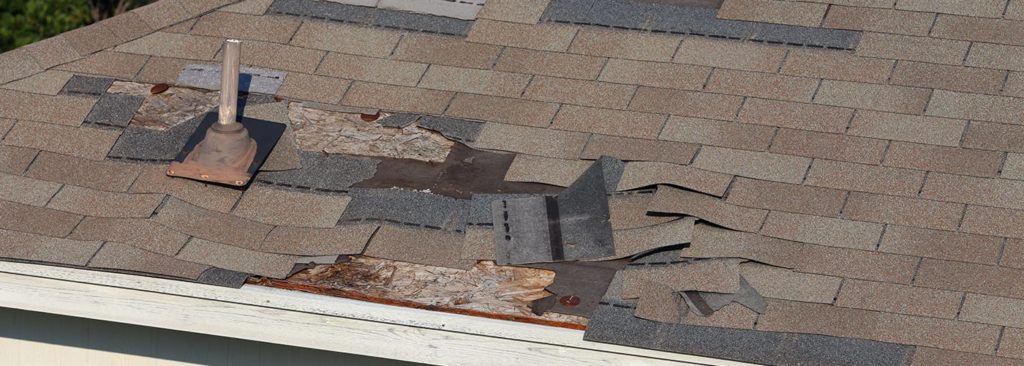At Florida Dry, we’re no strangers to the damages that weather can have on your home. We’ve seen everything from flooding to falling trees and that’s only the beginning. While some parts of the country experience weather damage that some can’t even imagine, like extreme gusts from a hurricane or enough snow piling up on your roof and causing major water damage, all homes experience some form of weather damage over the years. Unfortunately, our roofs are the most vulnerable when it comes to weather damage, but how exactly does weather damage impact your roof?
Sun Damage
When we say weather damage, you are probably picturing a flood or a hurricane battering a home, but that is not always the case. One of the most common forms of weather damage actually comes directly from the sun.
When the hot summer sun is beating down on your home, you are inside and comfortably shielded from the heat. Meanwhile, your roof is taking in all of the sun’s rays day in and day out. While your roof is built to last, prolonged exposure to the elements can take a toll on your home.
The first thing that you will notice is how your roof becomes discolored because of the sun’s UV rays. Additionally, heat can cause the materials of your roof to swell — which can create openings and gaps in your roof that can leave it more susceptible to the elements.
Storm Damage
One kind of weather damage that we’re familiar with over here in Florida is storm damage. Although the amount of damage that your roof can endure really depends on what kind of storm you are experiencing and the severity of the storm, just about any storm can create the need for a thorough inspection of your roof by a weather damage restoration expert.
Weather damage to your roof from storms can include:
Strong winds blowing tiles and shingles off of your roof. This leaves your home vulnerable to damage from rainfall and other precipitation. Additionally, hail and other falling debris can batter your roof during a storm. It’s important to have a professional inspect your roof when you experience heavy storms to make sure that the structural integrity of your roof has not suffered. Here’s what to do after a winter storm.
Precipitation and Rainwater Damage
While your roof is designed and built to support the weight of falling rainwater and snow, it’s oftentimes the unexpected consequences of a storm that cause the most damage. Excessive precipitation can lead to ceiling leaks and rotting wood. If left unchecked, water damage can cause your roof to weaken and create conditions for mold spores to grow. If you notice water damage on your roof, it is urgent that you call the weather damage experts at Florida Dry to inspect your roof.

